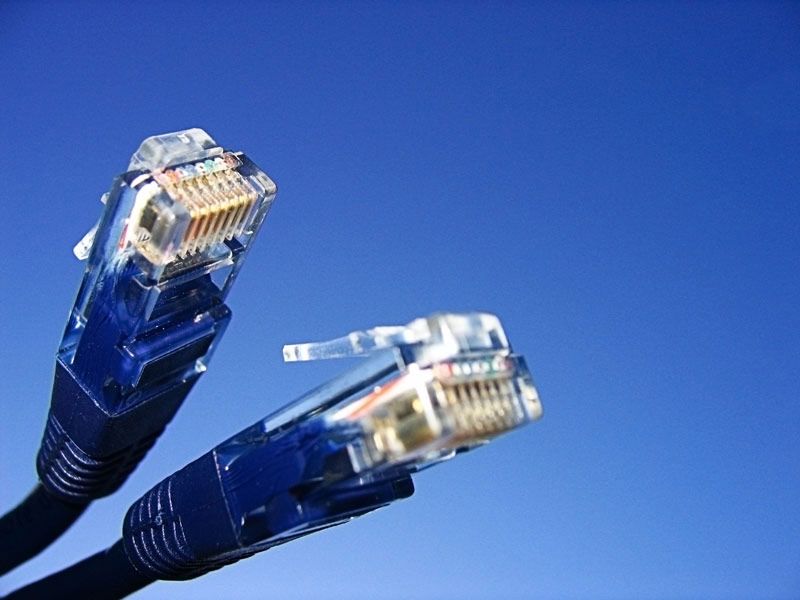National Broadband Plan Not Ambitious Enough, Experts Say

The Federal Communication Commission's (FCC) dream of pervasive high-speed Internet across the United States is enticing at first glance, but it will be difficult to achieve and may not be ambitious enough to allow for us to keep up with other countries, experts say.
The National Broadband Plan that the FCC unveiled Tuesday calls for Internet download speeds of 100 megabits per second (Mpbs) to be available in 100 million U.S. homes by 2020.
With a 100 Mbps connection, users could download an hour-long TV show in about 30 seconds.
That is blazing fast in a nation where the average broadband connection speed today is about 4 Mbps. But that won't seem so impressive in ten years time, said Andrew Odlyzko, a mathematician at the University of Minnesota who studies Internet economics.
"I find it kind of disappointing," Odlyzko told TechNewsDaily. "We're talking about 100 megabits per second a decade from now, which I think is kind of ludicrous."
Many Internet Service Providers (ISPs) such as telecommunication firms and cable companies have already begun moving toward networks capable of supporting the 100 Mbps download speed, Odlyzko added.
About 200 million U.S. homes currently have broadband Internet access at home, which the FCC defines as at least 768 kilobits per second (Kbps) for download speeds. About 100 million U.S. homes still aren't broadband-connected.
Sign up for the Live Science daily newsletter now
Get the world’s most fascinating discoveries delivered straight to your inbox.
How to expand broadband access
The National Broadband Plan follows in the footsteps of other national plans to ensure Internet access for all. Nations such as Finland already plan to boost connections for its citizens to 100 Mbps by the end of 2015. And many South Korean homes today already enjoy 100 Mbps connections.
The FCC said Tuesday that it also wants to see 90 percent or greater broadband adoption in U.S. households by 2020, even if many of those broadband connections won't reach 100 Mbps. That could be difficult for a number of reasons, Odlyzko said.
For one thing, the population density in the U.S. is much lower than in many countries, so households are spread farther apart and thus harder to connect. Those in isolated rural areas will be especially difficult to reach.
The U.S. also has many different ISPs that don't eagerly respond to the FCC as a regulator.
"With the FCC, they simply don't have much of a stick, and they don't have much of a carrot," Odlyzko said.
What faster broadband means to you
Even if the FCC succeeds in its plan, it's still unclear what Americans are supposed to do with all those extra megabits.
Going from modem speeds of 56 Kbps to a 1 Mbps broadband connection can make a huge difference for Web browsing, but going from 10 Mbps to 100 Mbps won't necessarily translate into a 10-fold better browsing experience for most people, Odlyzko said. "People will notice when you give them 100 Mbps, but it's not something they are dying for."
Still, Odlyzko said that people may end up changing their online behaviors to take advantage of faster broadband with more graphic-rich social networking, medical consultations, and streaming or downloading more news or educational info. And new services will arise to take advantage of the faster speeds.












